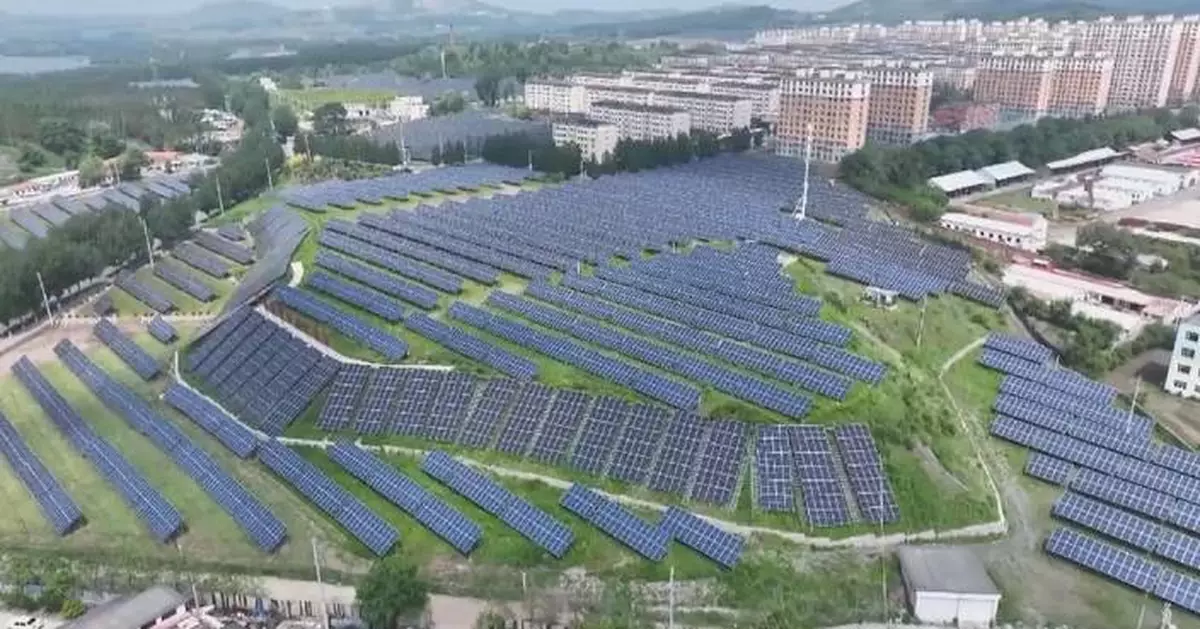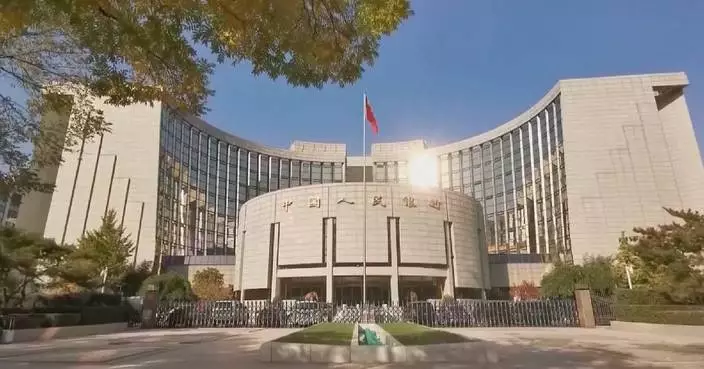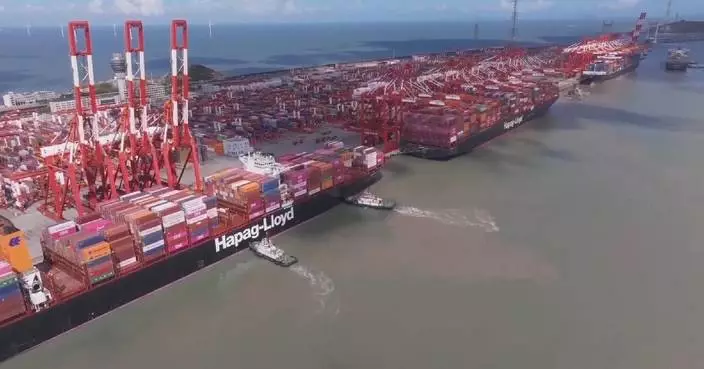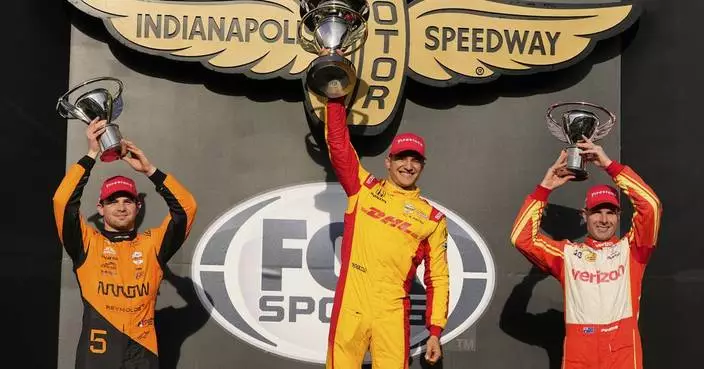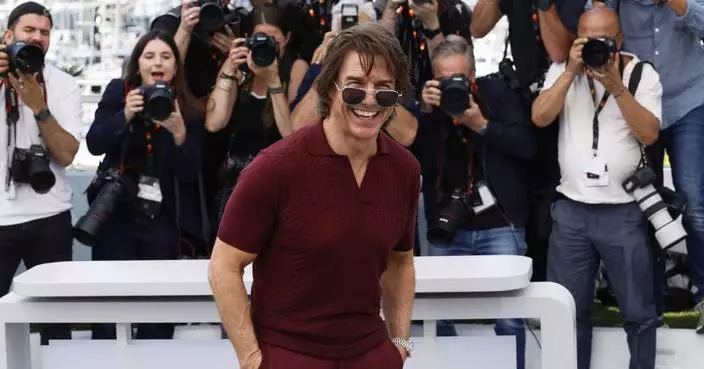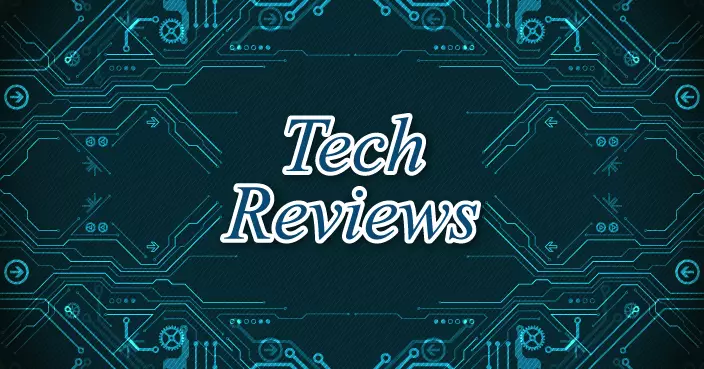A series of facts and data unveiled the remarkable strides China has continuously made in developing its green economy and transforming its environmental landscape over the past decade.
Since the 18th National Congress of the Communist Party of China in 2012, the country has firmly upheld the belief that lucid waters and lush mountains are invaluable assets.
In 2023, China's total installed renewable energy capacity reached 1.45 billion kilowatts, according to data from the China National Energy Administration.
It accounts for over 50 percent of the country's total installed power generation capacity – and 4.6 times the figure of 2012.
In 2023, China's new energy investment grew by 34 percent from the year before.
Solar power investments exceeded 92 billion dollars and wind power investments surpassed 52 billion dollars.
The International Energy Agency says by the end of 2024, China will lead global clean energy investments with 675 billion U.S. dollars, driven in-part by the strong domestic demand for solar cells, lithium batteries and electric vehicles.
In the realm of energy efficiency, from 2012 to 2023, China's energy consumption per unit of GDP decreased by 27 percent and the productivity of major resources increased by over 60 percent, said statistics released by the China National Development and Reform Commission.
The share of renewables in China's total energy consumption increased from 15.5 percent in 2013 to 25.9 percent in 2023.
This was facilitated by stringent energy standards and massive retrofitting projects.
Driven by the strong demand for green transformation, China's innovation and industrial strength has significantly improved.
In 2014, China sold only 75,000 new energy vehicles.
Less than a decade later, sales exceeded 9.4 million vehicles, leading to a domestic market share of almost 32 percent.
China has established the world's largest, most complete and competitive clean energy industry chain.
It comprises the production of photovoltaic modules, for which China has been a global leader for 16 consecutive years, and the production of polysilicon, silicon wafers, cells and modules, making up over 80 percent of the global supply.
China has also made significant progress in reducing carbon emissions.
From 2012 to 2023, China's carbon dioxide emissions per unit of GDP decreased by more than 35 percent, according to the Ministry of Ecology and Environment.
China has also announced a comprehensive plan to manage its carbon footprint this year, with the aim of contributing to the development of international rules around carbon production.
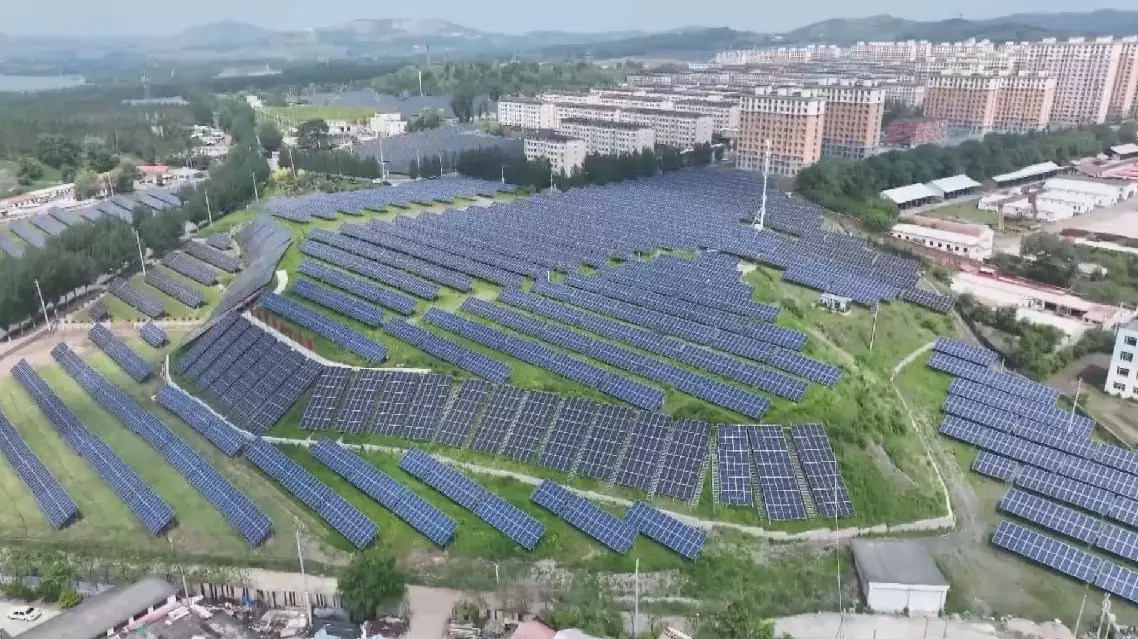
China makes strides in green development
Regions across China are leveraging drones and advanced farm machinery to manage grain production.
There are three different grain production seasons in China: summer grain, early rice and autumn grain, accounting for about 21 percent, 4 percent and 75 percent of the annual grain output respectively.
Traditionally, the summer harvest spans from May to late June in China every year, with most of the work focusing on reaping winter wheat, a staple grain crop, and rapeseed.
The winter wheat planted in more than 250,000 mu (16,667 hectares) of fields in Pinglu County, Yuncheng City of north China's Shanxi Province is now entering the ripening period which is crucial for the grain formation.
Located in a mountainous region, the county has scattered plots which poses challenges to manual pest and disease control. Facing the challenge, the county's agricultural department has designated the scattered plots as specific areas for drone spraying, combining human efforts with drone technology to ensure that no part of the field is left untreated.
The local authorities have deployed drones to cover over 30,000 mu (2,000 hectares) of crop fields per day. Flying over the fields, the drones are spraying pesticides and fertilizer to ensure the health and productivity of wheat crops and a bountiful summer grain harvest.
As the summer grain harvest draws near, major agricultural provinces, including Sichuan in southwest China, Hubei in central China, and Jiangxi in east China, have already begun harvesting rapeseeds.
In Zitong County, Mianyang City, Sichuan Province, rapeseed farmers are reaping a bountiful harvest. In a local agricultural park, six combine harvesters can be seen shuttling across the fields, with their gears whirring as rapeseed stalks being fed into the machines.
The entire process, from harvesting to threshing, separating, and crushing, is fully automated. The crushed rapeseed shells and straw are evenly spread across the fields, while the harvested seeds are transported to drying facilities before being sold or processed into oil for consumption.
This year, Zitong County has deployed over 1,200 harvesters to assist local farmers, with the mechanization rate in harvesting exceeding 80 percent, leading to a 30 percent reduction in harvesting costs. The full harvest is expected to be completed by the end of this month.
Meanwhile, in Jingmen City, Hubei Province, the introduction of two-stage rapeseed harvesting technology has substantially improved grain yields. The new technique involves cutting down the rapeseed, leaving it to dry on the field for a few days before using machines to gather and thresh the seeds.
This innovation has reduced the seed loss rate from 30 percent to less than 8 percent. By now, 758,000 mu (50,533 hectares) of the city's 2.32 million mu (154,667 hectares) of winter rapeseed have been harvested, accounting for more than 30 percent of the crop to be harvested. The harvest is expected to be completed by May 21.
In Linchuan District of Fuzhou City in Jiangxi Province, the rapeseed harvest is nearing its end. Local farmers are racing to take advantage of the favorable weather conditions, using advanced machinery to ensure a smooth and efficient harvest.
The area under rapeseed cultivation in the Linchuan District alone surpasses 100,000 mu (6,667 hectares). More than 2,800 farming households have begun harvesting since late April, with the mechanical harvesting rate exceeding 90 percent.
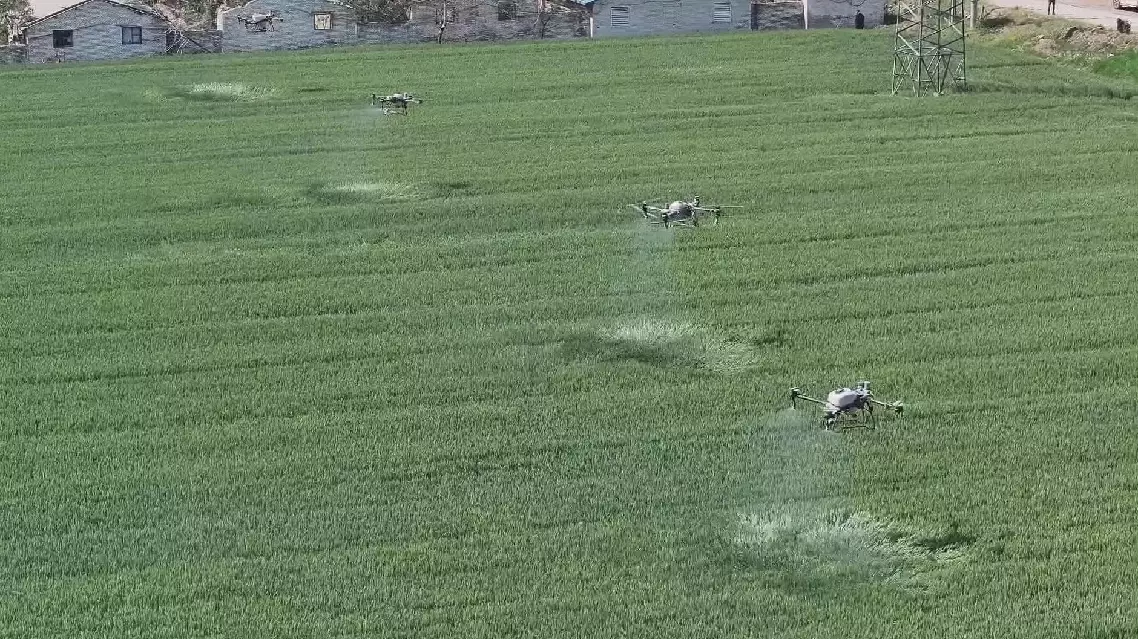
Chinese farms use drones, advanced farm machinery to manage grain production



